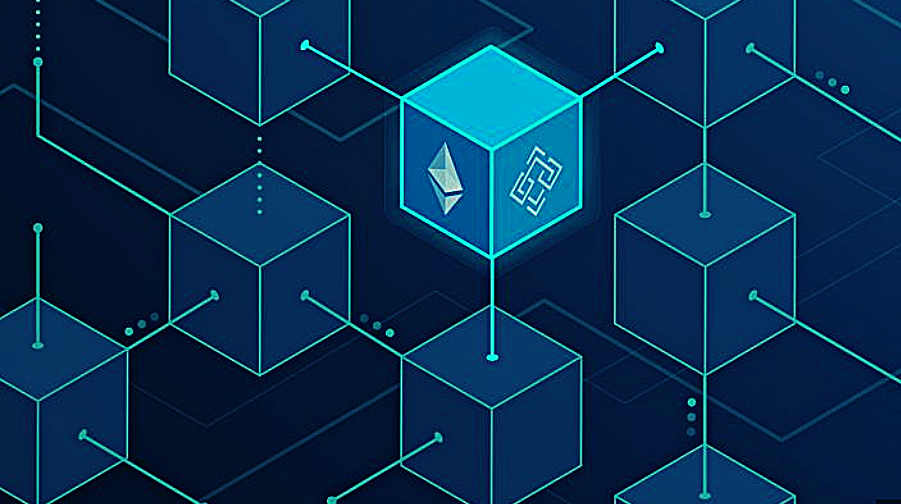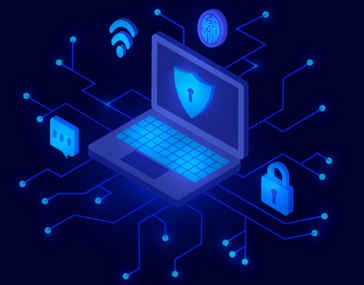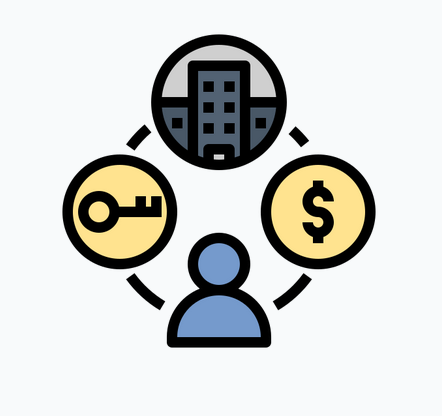Welcome traveler, today we will discuss blockchain technology, it’s the potential to revolutionize the way we store and transfer data, providing a secure and transparent way to conduct transactions without the need for intermediaries. However, like any technology, blockchain is not without its security risks. In this article, we’ll explore some of the most common blockchain security threats and the best practices for protecting your data in a decentralized world. Let’s dive in!

Common Blockchain Security Threats
Blockchain technology has a lot of potential benefits, but it’s not without its risks. Here are some common blockchain security threats you should be aware of:
51% Attacks
This is when a single entity controls the majority of the network’s computing power. In such a scenario, the attacker can rewrite transaction histories, effectively controlling the network.
Smart Contract Vulnerabilities
Smart contracts are self-executing contracts with the terms of the agreement between buyer and seller being directly written into code. This code can have vulnerabilities that attackers can exploit, which can lead to theft or misuse of assets.

Private Key Theft
Private keys are used to access blockchain wallets and are the gateway to the funds in those wallets. If an attacker can obtain a private key, they can gain access to the wallet and the funds it holds.
Best Practices for Blockchain Security
To mitigate the risks associated with blockchain security threats, there are several best practices you can follow:

Encryption
Use strong encryption to protect your data in transit and at rest.
Multi-factor authentication (MFA)
It’s easy for a password to be stolen, guessed, or hacked, especially if it’s weak or reused across multiple accounts.
Regular Security Audits
Important component of any effective cybersecurity strategy. These audits involve systematically reviewing your organization’s security controls, policies, and procedures to identify vulnerabilities and risks that could lead to security breaches.
Regularly audit your blockchain systems to identify and fix vulnerabilities.
Keep Software and Hardware Up-to-date
It provides security patches to protect against vulnerabilities, improves performance and compatibility, adds new features
Ensure that you are using the latest software and hardware to prevent vulnerabilities.
Emerging Trends in Blockchain Security
The blockchain industry is constantly evolving, and so are the security measures being implemented. Here are some emerging trends in blockchain security:
Decentralized Identity Solutions
Using blockchain technology to create decentralized identity solutions that allow individuals to control their own digital identities.

Blockchain-based Security Tokens
Security tokens are a new type of digital asset that represent ownership in traditional financial assets, such as stocks and bonds. Using blockchain technology, these assets can be made more secure and transparent.

Conclusion
Blockchain technology has the potential to revolutionize the way we store and transfer data, but it’s not without its risks. Understanding the common blockchain security threats and implementing best practices and emerging trends can help protect your data. By following the best practices and keeping up with emerging trends, we can work towards a more secure blockchain ecosystem.
Thank you for taking the time to read this! If you liked this article, please clap and follow me! I hope to see you again in the future.